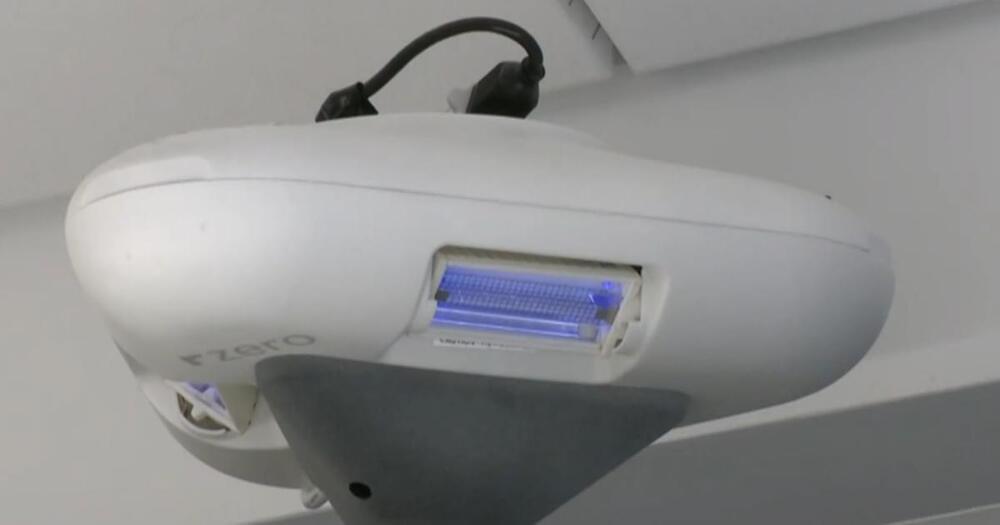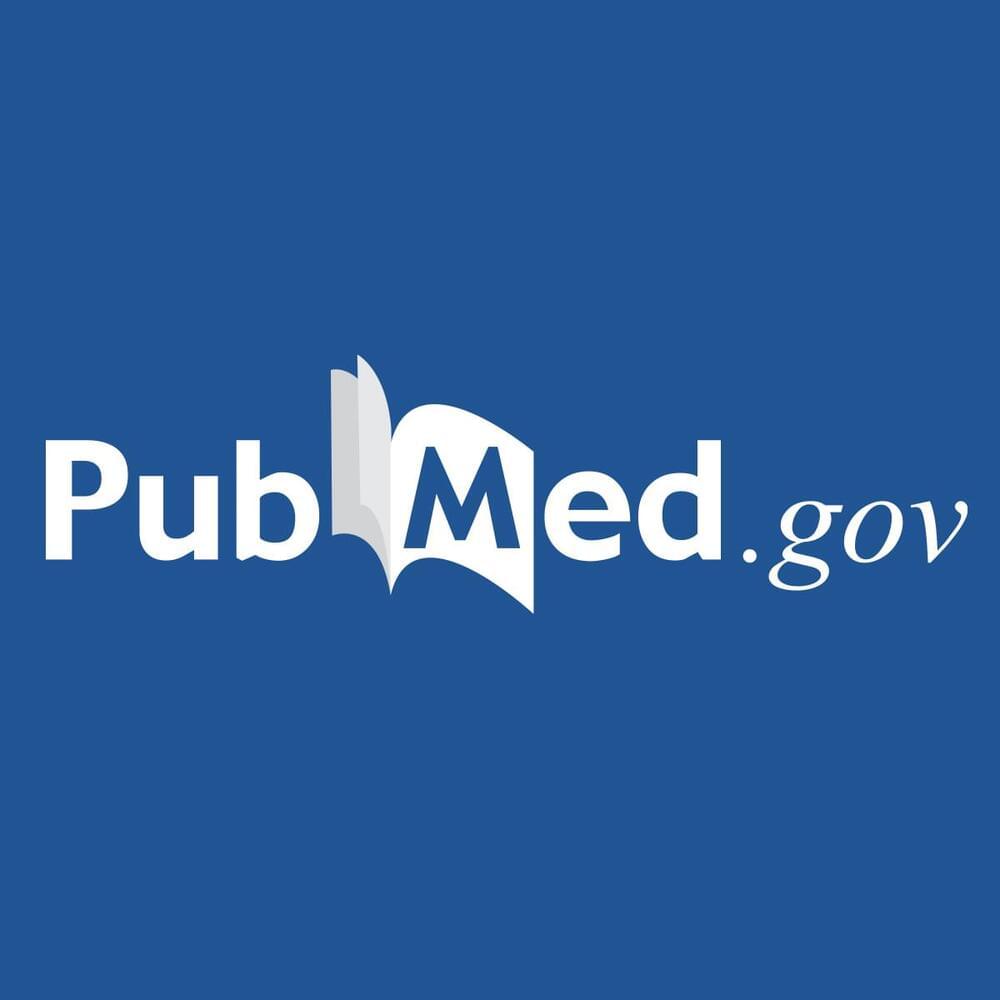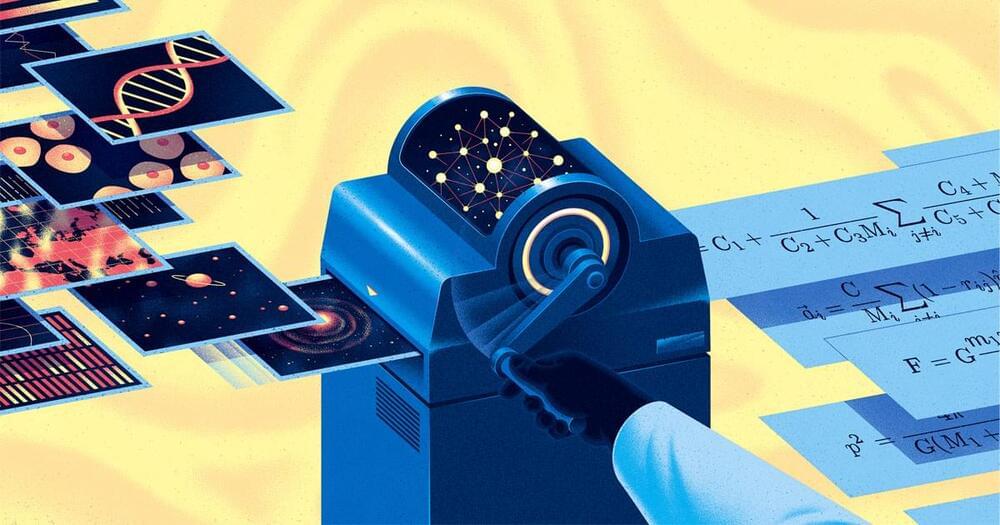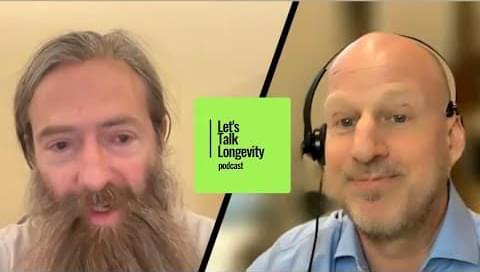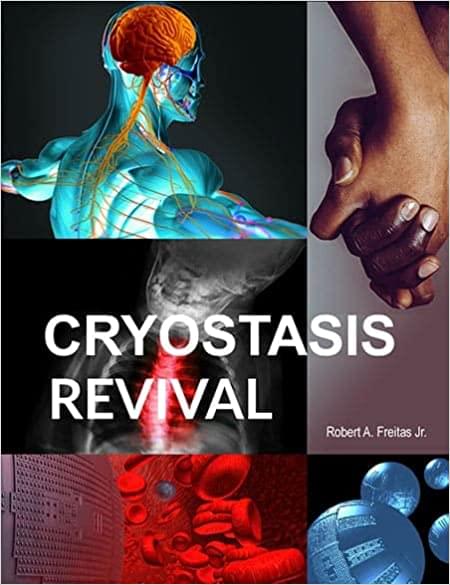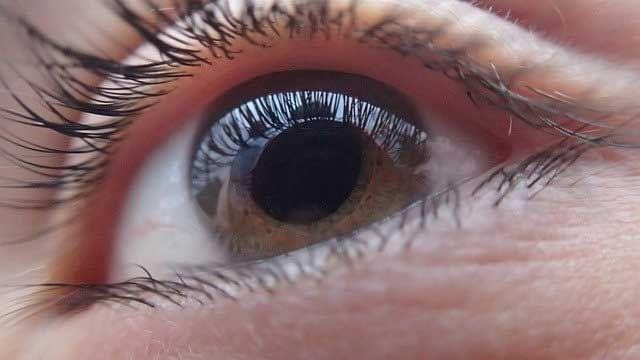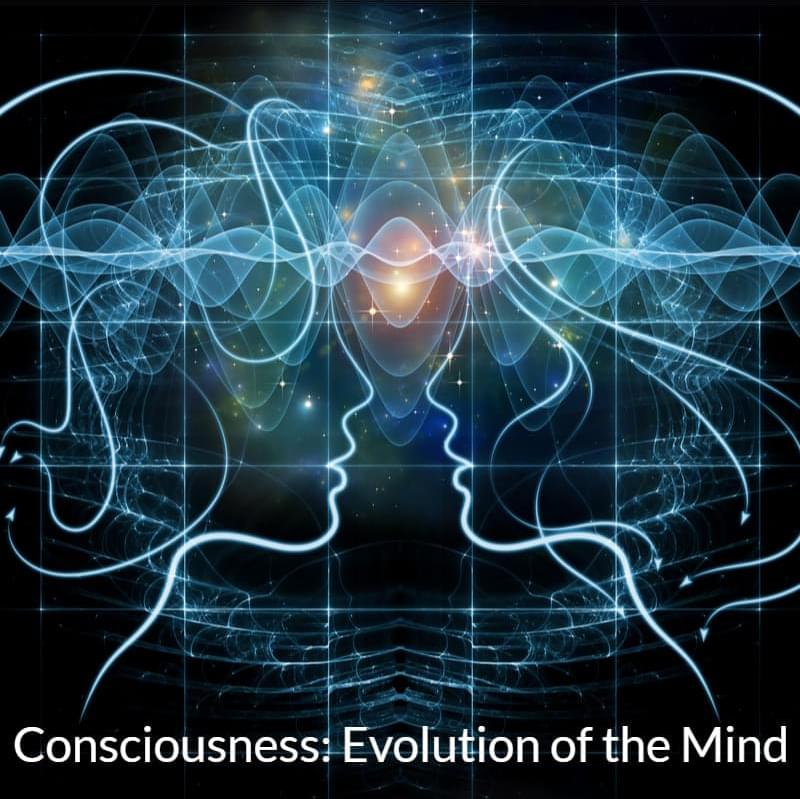
Does our planet have a mind and agency of its own? This is one of the main questions philosopher and mystic Oberon Zell illuminates in his latest masterpiece GaeaGenesis: Conception and Birth of the Living Earth. Just as we don’t see a bacterium with a naked eye, we don’t quite seem to have an innate ability to perceive the Gaian mind with a “naked” brain. As Dr. Ralph Metzner, Professor Emeritus of California Institute of Integral Studies and Founder-President of The Green Earth Foundation, writes: “Oberon Zell was the first person to conceive and publish the biological and metaphysical foundations of what has become known as the ‘Gaia Theory’ — the unified body and emergent soul of the living Earth… For over 50 years Oberon has been writing and lecturing on Gaian consciousness, and it is high time that he put it all together into a book!” And, indeed, he did.
The newly-released book takes the idea beyond the metaphorical realm postulated by James Lovelock in his “Gaia Hypothesis” and posits that the entire evolution of life on Earth is the literal embryology of a single vast living being — one replicating continuum of DNA and protoplasm. This distinction has significant implications for the subject of this book: The proposition that Mother Earth is a living, sentient being with a “soul” that humans can perceive if they are aware enough to sense it. In essence, the living beings that populate the Earth are cells within a greater macro-organism.
Here’s one of the revelatory passages from the book: To better understand the planet as a living system, we need to go beyond the time scales of human life to the planet’s own time scale, vastly greater than our own. Looked at in this way, the rhythm of day and night might be the pulse of the planet, one full cycle of every hundred thousand human heartbeats. Speeding up time appropriately, we would see the atmosphere and ocean currents swirling round the planet, circulating nutrients and carrying away waste products, much as the blood circulates nutrients and carries away waste in our own bodies.
